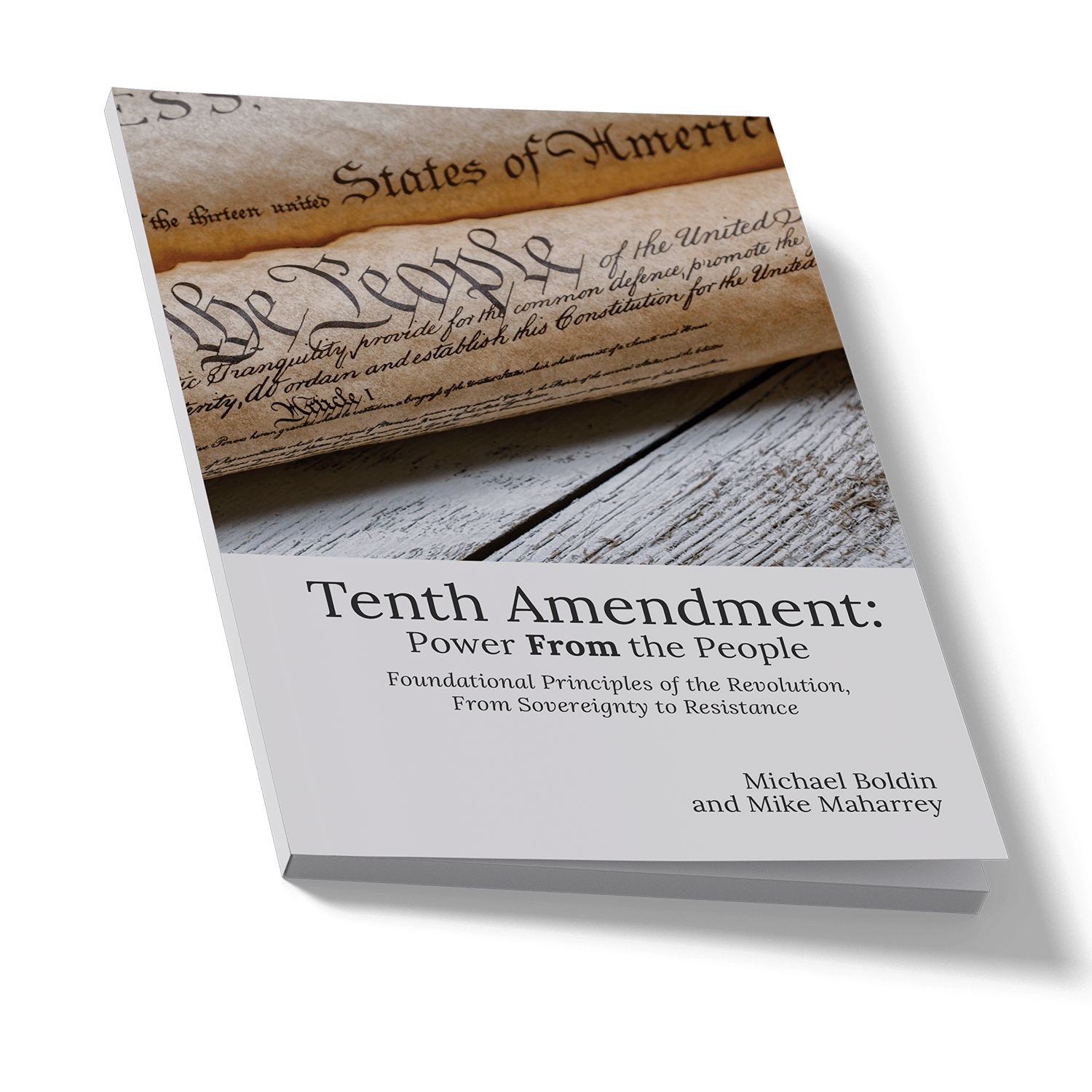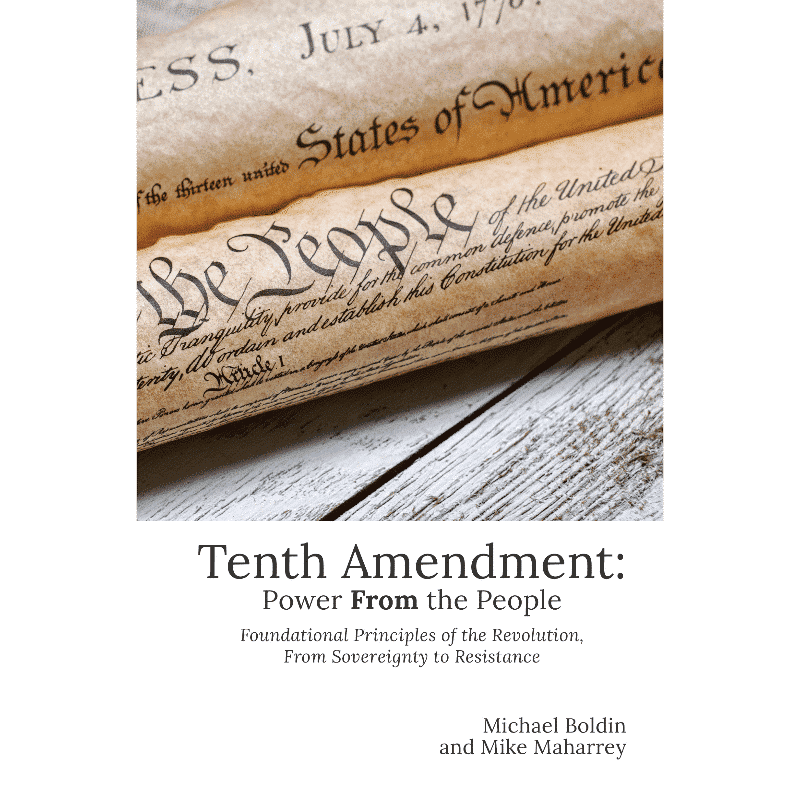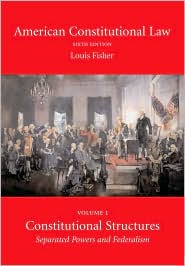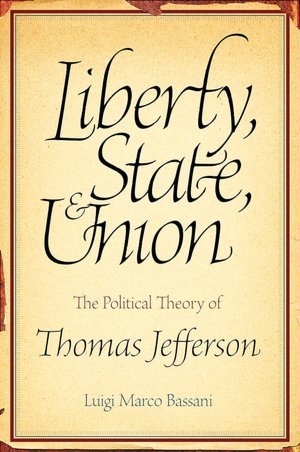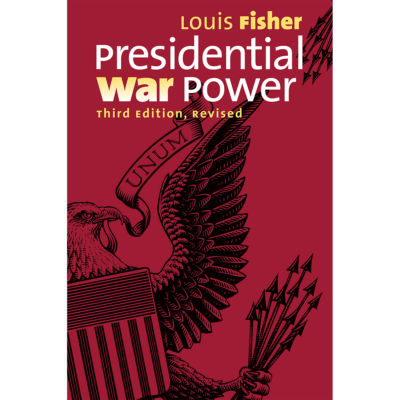Description
Most people today pay very little attention to the Tenth Amendment. Some even refer to it as “a dead letter.” But the founding generation considered it an essential part of the Constitution.
A number of state ratifying conventions – following the lead of John Hancock, Samuel Adams, Theophilus Parsons and others in Massachusetts – ratified the Constitution only with a recommendation of including an amendment that made a clear line in the sand between federal and state power.
As Adams put it, “They wish to see a Line drawn as clearly as may be, between the federal Powers vested in Congress and the distinct Sovereignty of the several States upon which the private and personal Rights of the Citizens depend.”
And Hancock noted that “the powers reserved by the people render them secure.”
Just a few years later, Thomas Jefferson referred to the Tenth the “foundation of the Constitution.”
He was right.
The Tenth Amendment isn’t just some archaic expression of “states’ rights” that has no application today. It encapsulates the heart and soul of the Constitution, rooted in the principles of the American Revolution.
In fact, it is impossible to grasp the American constitutional system without understanding these principles underlying the Tenth Amendment.
In Tenth Amendment: Power From the People, Michael Boldin and Mike Maharrey uncover the roots of this foundational provision, tracing the philosophies and political ideas underlying it all the way back to their Revolutionary, natural rights tradition.
In this book, you will see the evolution of political thought that brought us the Tenth Amendment – and the American constitutional system – through the eyes of the old revolutionaries and founding fathers.
But Boldin and Maharrey don’t just leave you with an interesting history lesson.
In the final chapter, they use words of the founders and old revolutionaries to tell you how they believed the constitutional limits on federal power the Tenth Amendment describes need to be enforced.
Ultimately, it’s up to the people to get that job done – whether the federal government likes it, or not.
Paperback: 60 pages
Publisher: Tenth Amendment Center (2022)

